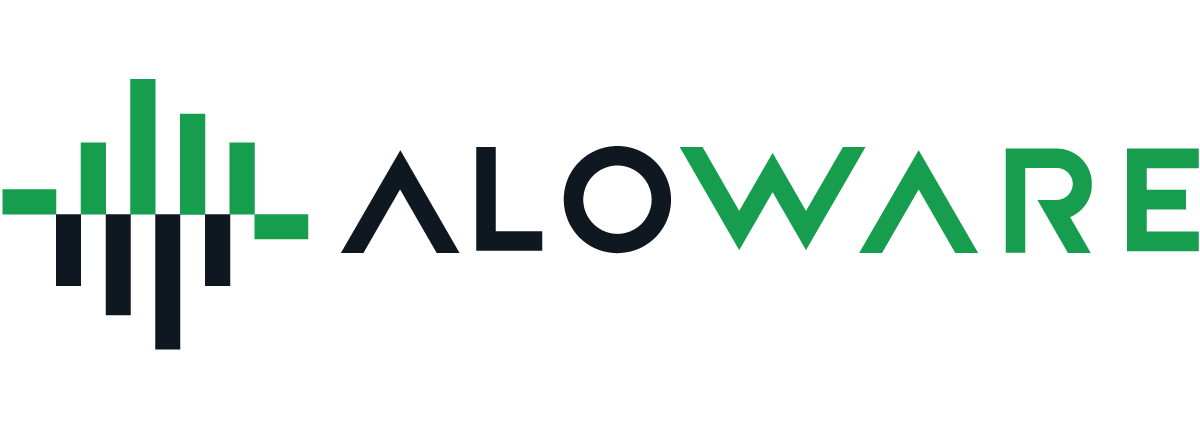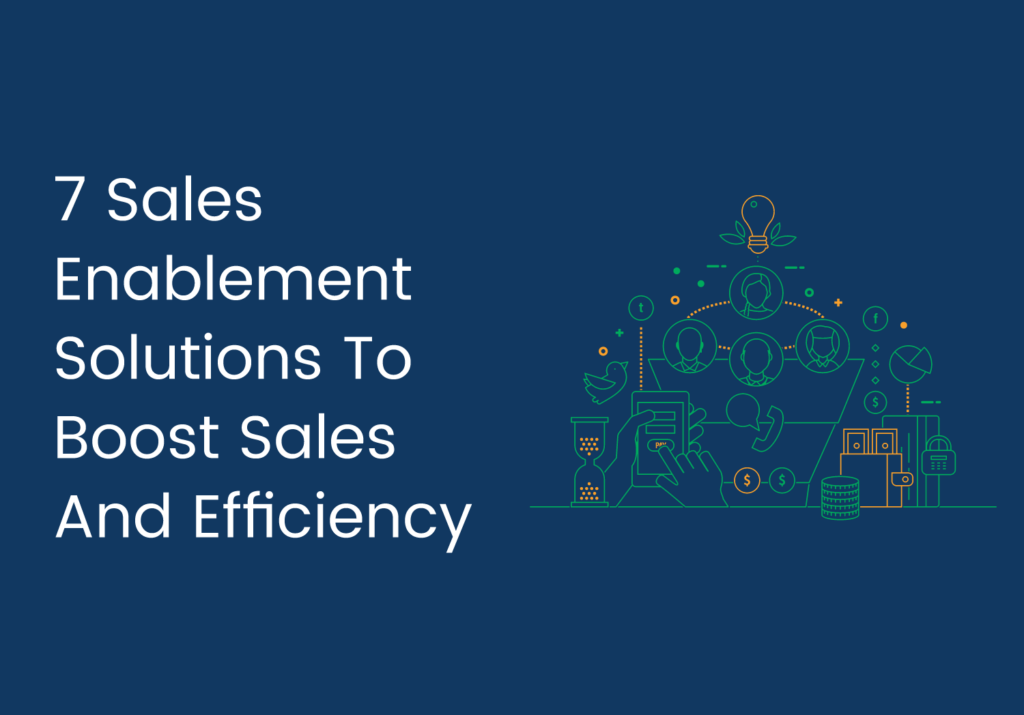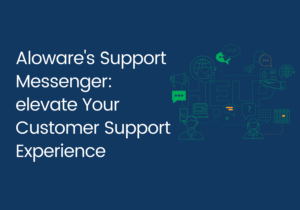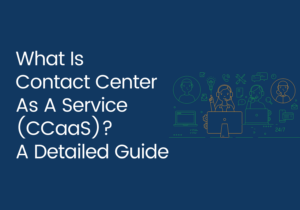Successful selling needs a smart play of psychology, human interaction, and tons of determination. But in this modern world, sales professionals are expected to also have one thing added to their skill set — technological knowledge. Sales enablement is one of the best-kept secrets of selling. The standard definition is simple — developing and distributing the resources and tools that help salespeople succeed. It’s an enticing concept, but it doesn’t always reflect how important an enablement strategy really is.
A good sales enablement strategy should be able to equip your sales team with the right tools and processes to bring in more customers. The year 2023 is going to be a new era, and as a sales professional, you must face it fully prepared. Here are tools to help you improve your selling techniques in the post-pandemic world.
Table of Contents
A Reliable CRM Platform
Better relationships mean higher customer satisfaction. With a strong CRM platform that is easy to use, very helpful, and integrates with the sales tools you need, there are better chances to foster customer relationships. Look for one that lets you manage leads and customers in one place.
Auto Dialer
Voice will always be the best type of sales communication channel out there. With auto-dialers helping you out during the communication process, transactions with customers will be smoother and more time-efficient. Most dialers can integrate with your CRM, so you don’t have to manually enter data or switch tabs while working. Sales conversions and hitting quotas will be more achievable with a dialer’s help. Be sure your chosen platform also offers a power dialer for that extra boost you need for your quotas.
Cross-Channel Communication
The thing is, customers are all over, and the only way to successfully tap them is to be present on every channel they prefer using. Managing all communication and making sure that everything ties together becomes a bigger challenge though. As a salesperson, you must be able to play with each channel’s strengths and incorporate them into your sales funnels.
Efficient Appointment Calendar
Well, if you’re not taking appointments seriously, there’s a good chance you’re losing so much opportunity for sales. Every appointment booked, canceled, re-booked, and finished must be recorded accordingly. If you’re still dependent on that handy-dandy planner of yours, it’s time for you to rethink that.
Automated Follow-Ups
While it’s every salesperson’s job to follow up on leads, it can get time-consuming if you’re dealing with a massive list of potential customers. Software that has an advanced system that lets you customize follow-ups is the best way to go. Make sure to add a human touch to every voicemail, text, or email follow-up submitted automatically.
Tools with Integrated Features
No man is an island, and frankly, no tool is either. There will be features and systems you will need as you develop your sales process. It’s important to take into account the ability of these tools to sync or, better, integrate with other sales tools to meet your growing needs.
Selling with Aloware
Having Aloware around will power up your team with solutions designed to build relationships with customers. It’s packed with features to answer every salesperson’s needs but is made simple to learn by anyone. Aloware helps salespeople build lasting relationships with their customers. Want to know more about Aloware? Schedule your demo today, and we’ll tour you around!




